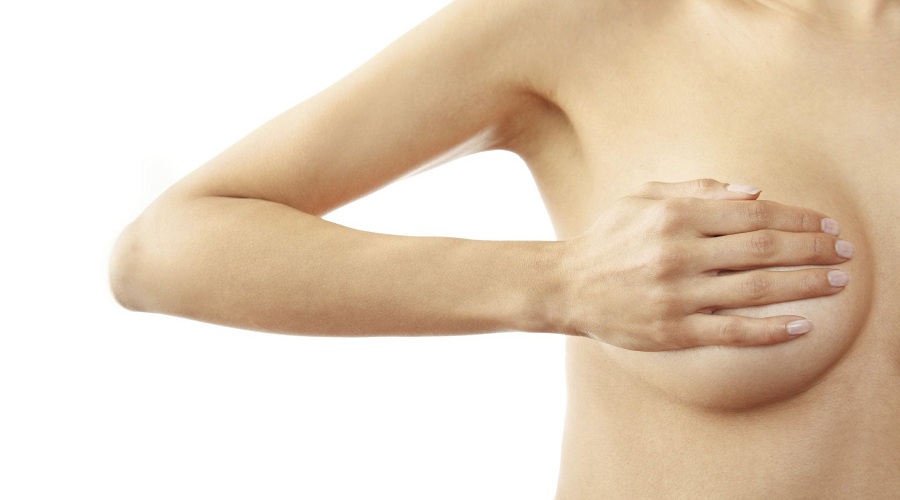Disproportionately large areolae can give your breasts an unbalanced appearance. Dr. Atul performs a procedure that reduces their size for better aesthetic balance.
The nipples and dark area surrounding them, known as the areolae, are primary features of your breasts. After all, can you imagine what your chest would like without either? They wouldn't be complete breasts. The size and shape of your nipples and areolae contribute greatly to the overall appearance of your breasts. That's why you aren't happy with how you look.
Whether due to genetics, trauma, aging or breastfeeding, your areolae and nipples are far too large and disproportionate. This makes your breasts look odd. They may even be misshapen or asymmetric. You feel uncomfortable exposing your breasts to anyone as a result. These are just some issues you may have:
- long nipples
- droopy nipples
- enlarged areolae
- puffy areolae
All of these issues can be corrected with surgery.
Nipple and areola reduction surgery
Your areolae and nipples can be reduced in size and/or modified to improve their shape so they appear more balanced. If asymmetry exists, it's fine to have just one side treated to balance things out.
According to medical research, an adult female has areolae with the average diameter of approximately 38.1 mm. However, that doesn't mean I create this size on all of my patients. I take into account your natural breast size/shape, your preferred look and what improvement would achieve the most proportionate result.
Unique point: minimal scarring
Scarring is a huge concern for my patients, which is why I have designed my surgical techniques to prevent any scars from spreading or reoccurring. I do this by strategically placing permanent sutures. This ensures that you won't have obvious signs of having any surgery done.
What will happen during your surgery
Local anesthesia is administered. Your procedure will take about an hour or so.
An incision is made in the nipple, or around the areola. Excess tissue is removed through this incision. Permanent sutures are placed and the incision is closed and dressed.
Recovering from your surgery
- Restrictions on activity
- Some swelling, bruising and numbness for a few weeks
- Results are visible in a couple of months
Your surgery is performed under local anesthetic. That means you won't feel any side effects related to general anesthesia, such as nausea and dizziness. You'll even be able to drive yourself home. However, it's always best to have someone who you can trust help you during the intial recovery period. Even the simplest things can be quite difficult to do in the first day or two after your surgery, so you'll need their help.
The majority of swelling and bruising should disappear within a couple of weeks. It's important to know that one breast may heal faster than the other. Don't be alarmed if this happens. Residual swelling can last a couple of months. Any numbness and tingling sensations should go away as the swelling subsides.
You should be able to get back to work in a day or two, but make sure you avoid strenuous activity for at least three weeks.
You may need to wear a surgical bra for a few weeks.
